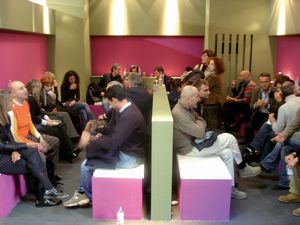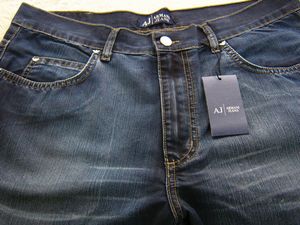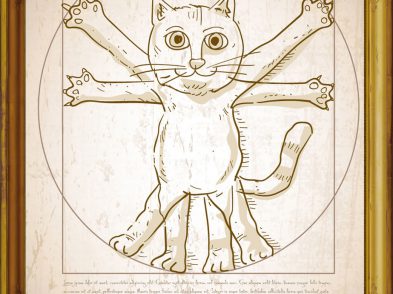Since the days of the Rennaisance, Florence has been known as a jewelry centre, home to innovative talent, design, creations, and master-pieces. It is hardly surprising, then, that today it is filled with designers whose desire is to showcase their own talent, with one eye on the future, and one on the awesome history of artisan skill and craft that is weaved into the tapestry of Florence. Although some designers are just starting out, others have forged ahead to create international brands.Someone with a strong eye on the past is Alessandro Dari, a goldsmith with a love of the Gothic (Via San Niccolo). His work in gold de-livers pieces that are rich and dramatic, often studded with precious stones, and that are all made by hand. The creative process is accompa-nied by music, and in fact, it plays a leading role in some of his creations – the music of the legendary Puccini inspired the Butterfly collec-tion. Alessandro still uses techniques that originated more than 2,500 years ago, a true example of a designer that combines the old with the new.So, too, is Aprosio (Via Santo Spirito), a unique company founded in 1993 by Ornella Aprosio. The jewelry, all made of beads, is inspired by Ornella’s love of nature, and much of her work features animals and flowers, combined with an appreciation of Italy’s long history of glass and beads, particularly from Venice. The pieces are all made by hand, and the lines do not stop at just jewelry, but also embellish clothes and home decorations. The interest in Aprosio spreads far beyond Florence, and recent years have seen celebrity followings, and sales in some of the world’s leading stores.In contrast, other designers choose to use materials and techniques that would never have been available 2,500 years ago. Much of Nomi-nation jewelry, for example, is made of stainless steel. Paolo Gensini, founder of Nomination (available nationwide) and metalworker by trade, used to run a village café where he would dazzle customers with increasingly original ice cream desserts. He started to design brace-lets with the idea that you should be able to create a bracelet that can be customised any way you wish, just as you can choose different combinations of ice cream to suit your own taste. And so, the world’s first ‘composable’ bracelet in stainless steel was created. What started as the innovative creation of a man inspired by his strong Italian heritage, has, through a tremendous amount of hard work, become an international brand.Angela Caputi is another intriguing designer that has grown from selling in Florence (Borgo Santo Apostoli / Borgo Santo Spirito), to gaining worldwide recognition, with jewelry that is as individual as it is unusual. It is an excellent example of the skill, quality and inge-nuity that has given rise to the ‘Made In Italy’ label that is unequalled by the rest of the world. Although having had no training in jew-elry design, a love of fashion and of the theatre fuelled her imagination, giving rise to a collection of costume jewellery. Starting initially in a workshop above the famous Camillo’s restaurant, ‘Giuggiù’ expanded as costume jewellery became more and more popular. Each piece of jewelry is made from plastic, although some appear to be marble, others, semiprecious stones. The advantage of using plastics is that they can be moulded into virtually any shape or form required. The designs are incredibly imaginative, some extreme, some less so, and they are all striking.The numerous jewelry schools, fashion design schools and trade fairs bring students from all over the world to learn the craft of making jewelry. Even the GIA (Gemmological Institute of America) has set up shop here, hosting courses for people to learn more about gems, in-cluding how to grade them, cut them and set them. The arrival of the GIA is a huge acknowledgement of the talent that has surfaced within Florence. A number of these young designers and students are making their way in the competitive and intriguing world of jewelry, seek-ing out inspiration not only from Florence, but also from different parts of the world. Since Florence has for centuries been the destination of international traders, and more recently travellers on tours of Europe, much of the more modern jewelry reflects a mix of cultures and aes-thetic appreciation. A recent collection in silver launched by Elizabeth Benzing took inspiration from Japan, with a mix of simple, striking pieces. Elizabeth works mainly in silver, although some pieces include semi-precious stones.As ever, Florence seems to be a melting pot of innovative design, home to designers that blend the traditional techniques and styles of jewelry, with a modern, fresh approach, resulting in collections that look set to maintain the worldwide reputation of Florence as a jewelry centre.
LIGHT MODE
DARK MODE
Most popular
The Florentine






